.
Magnolia
The south wind’s newfound breath,
The spring sun’s waxing ray,
Draw from your outward death
An opulent array.
Before one fleck of green
Has clothed your naked frame,
The life that coursed unseen
Bursts from your bones, aflame:
Lush orbs of rose and cream
Unfurl like lotus blooms,
Luxuriant, and stream
Soft, sensuous perfumes.
Not holding back your joy
Pent up one moment more,
With full force you deploy
Fire held in Winter’s store.
Would all new life first stirred
Into the world like you,
Surging forth undeterred
To paint the world anew!
.
.
Spring Song
The sun cuts winter’s freeze,
Kisses a balmy breeze
That rustles still-bare trees
_Where songbirds trill.
Through clumps of melting snows
The wine-hued crocus grows
Along the bright primrose
_And daffodil.
The drab world that has been
Is flush again with green
And bursts with hues unseen
_Since autumn’s wane.
The slumbering world woke,
My love, now shed your cloak—
The time our love first spoke
_Is here again!
.
.
Adam Sedia (b. 1984) lives in his native Northwest Indiana and practices law as a civil and appellate litigator. He has published four books of poetry and his poems, essays, and fiction have appeared in various literary journals. He is also a composer, and his musical works may be heard on his YouTube channel.




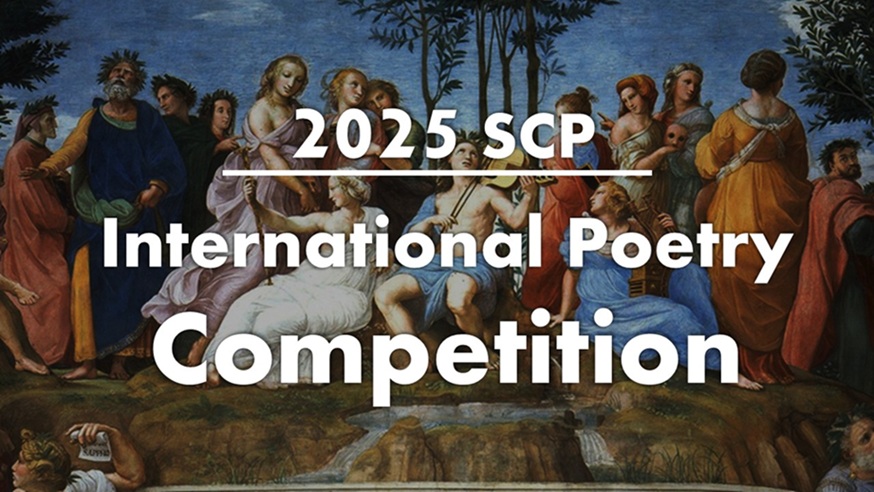
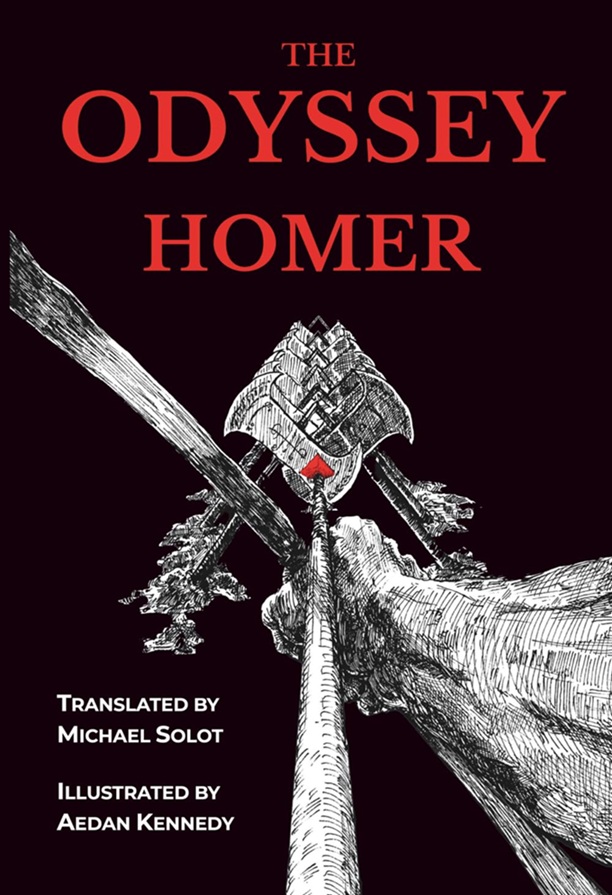

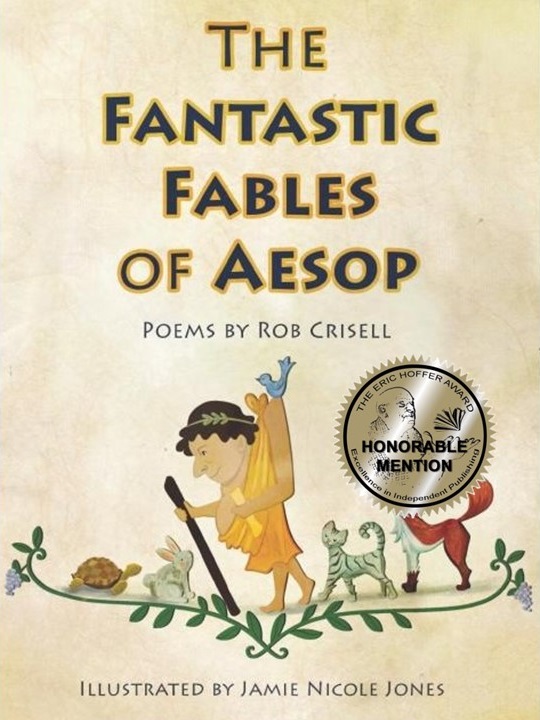
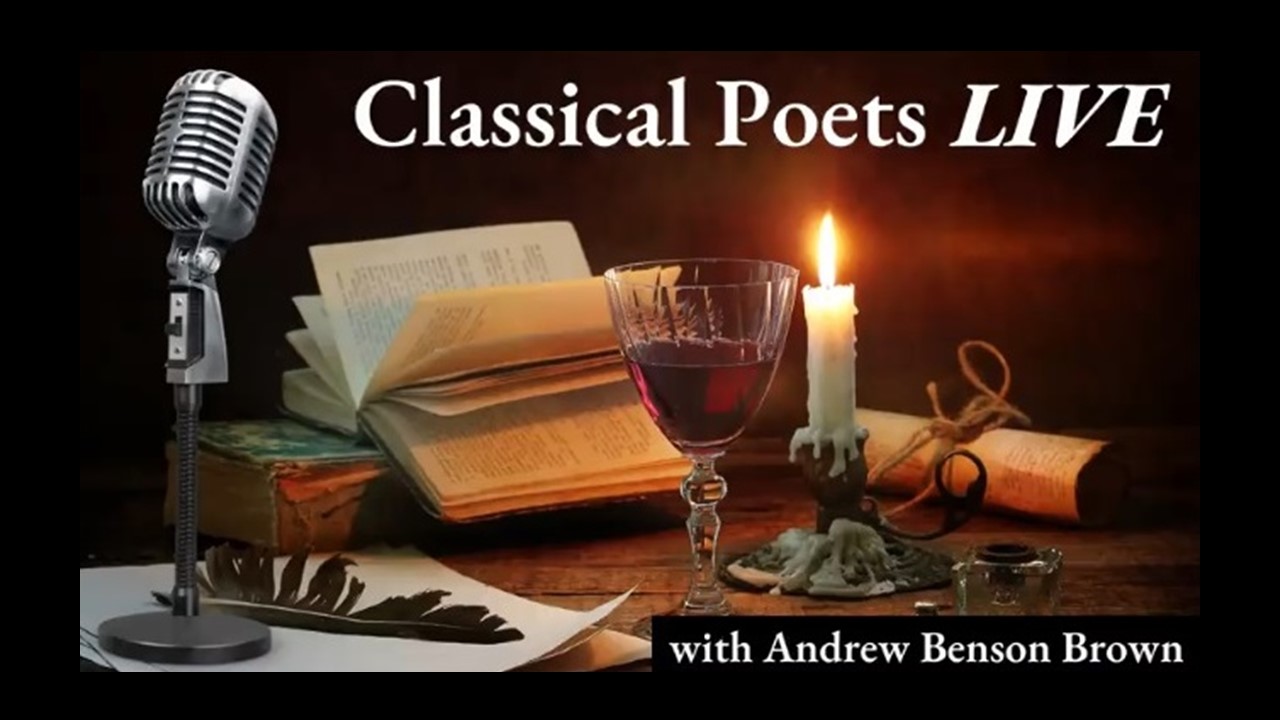

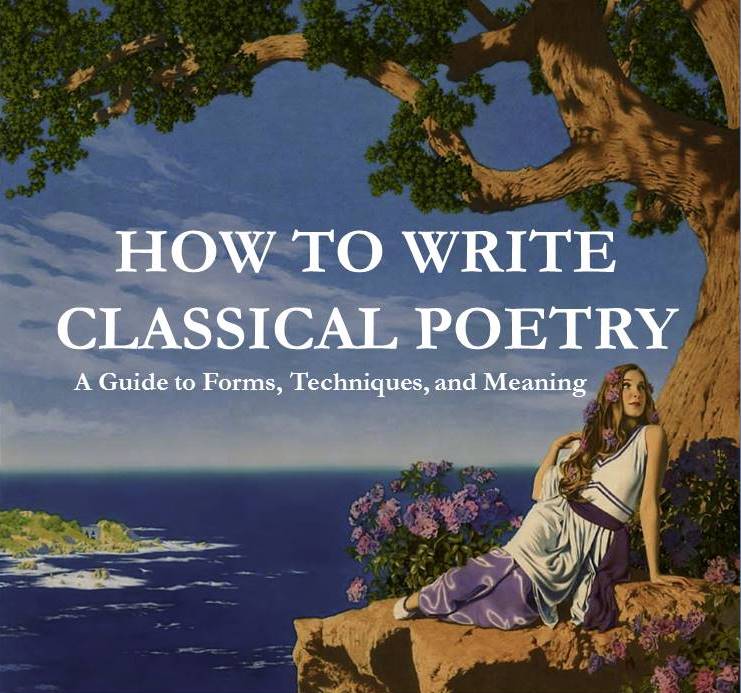




These are two precious poems for spring that enchant the mind with vivid words and loving thoughts.
Adam, These are both lovely evocations of spring´s return. Their flowing rhyme and meter and sensorially vivid images capture the spirit of resurrection, vibrancy and vitality that characterizes the return of spring. Many of your word choices instill in the reader an almost visceral sense of spring´s arrival– verbs of restless motion as you describe nature´s pent up forces “coarsing,” “unfurling” “streaming,” “stirring”, “surging”– and visually vibrant images of the sun´s rays “waxing,” “lush” orbs and “luxuriant” blooms bursting forth with their “sensual perfumes” as the south wind “breathes” warmly upon the skeletal magnolia trees, left leafless and bare after the winter. I also like the way you tie in spring´s return to the renewal of human love and the awakened memory of love´s first springtime in the last stanza of the second poem. The poet´s invitation to his love to “shed her cloak” hints at something more than simply removing heavy winter apparel, which is no longer needed, now that spring has come.
I’m glad my word choices struck you. I wanted to capture the vibrancy and — yes — sensuality of this time of year, particularly in the magnolia flowers that I find so striking.
Some fine personification, vibrant imagery and a poignant final stanza in Magnolia.
Spring Song was interesting. Three descriptive stanzas before the narrator intrudes (in a good way), leaving me wondering if the narrator is human, or is Nature or some other divinity. That last stanza really made this poem for me.
‘Along’ in the second stanza jarred for me. Perhaps ‘beside’ or ‘longside’ (short for ‘alongside?) might work better.
Thanks for the reads, Adam.
I think Adam wanted to avoid a cluster of the long “i” vowels that would have occurred in that stanza, if he had used “wine,” “beside,” and “bright.”
Thank you! And the ambiguity you find in the narrative voice illustrates the elusiveness that poetry can have (and can unfortunately be easily overdone).
I do like “beside,” but I think my logic was to avoid the harshness of too many bilabials (b/b/p) in the accented syllables in the line. I wanted to soften the sound. But thank you and Dr. Salemi both for delving into the details. It means the poem caught your attention.
Your magnolia poem, along with the photo, inspires me to attempt a painting. Such perfectly timed poems as my daffodils, crocus, and tulips bloom.
Thank you! I love it when inspiration crosses media, and I’m always honored when my work can inspire others. Please share your work when it is complete.
Two very lovely poems of nascent spring. In “Magnolia,” the last quatrain contains an older (and today uncommon) idiom: the use of “would” as an expression of desire. In some texts its appears with a “that,” as in “Would that I had been there.” Adam uses it alone here, which is also sanctioned by older usage, as in “Would you had killed the villain,” meaning “I wish you had killed the villain.” Some grammar books call this “the optative Would.”
Thank you for the compliments. Interesting observation about the optative would; I do use it in my own everyday speech (not frequently, I admit), and I have heard others use it occasionally. Poetry is a great vehicle for showcasing such uncommon linguistic devices; the rhyme and meter force the poet to use all the tools in his toolbox to craft something that fits the form yet sounds natural.
These are beautiful descriptions of spring. Your trimeters in “Magnolia” are lovely; and “Spring Song”, with its three trimeters followed by a dimeter, and the rhyme scheme you’ve used, are also delightful.
Thank you! I’m glad you read with ear for the meter.
These are beautiful indeed. I especially like the second stanza of “Magnolia” – the bloom that symbolizes purity, beauty, and divine grace. A perfect poem for Easter. Adam, thank you for lifting me from spring-grinch mode.
I’m glad my words could lift your spirits. This is why poetry exists.
As Susan says, “Magnolia” is a perfect poem for Easter. The theme of resurrection runs through the whole, concluding with the invocation of the final stanza, where resurrection in the magnolia is applied in hope to all new life, just as the virtue of Christ’s resurrection can be appropriated by the faithful. The poem is also one of masterful painterly description, with forceful word choices imitating the effect of the sun upon nature, and allowing the fire within the blossoming tree to take effect and be recognized. The lotus, as symbol of pure new beauty arising from an unlikely source, occupies the heart stanza of this piece, suggesting subliminally our lotus/book symbol as classical poets, and indicating its power.
You have the sun again in “Spring Song,” a piece well done in stanzas paired through rhyme, in accord with the convention of medieval sequences.
Altogether a lovely post, making me think better of the magnolia you present, which I have sometimes derided as “tulip trees” in contrast to my more favored Deep South magnolia.
The amply watered soil and long growing season make the Mississippi magnolia truly a prodigy. But I thought its smaller cousins deserved a nod — particularly as I found how striking the flowers looked without any leaves on the trees. It was indeed a good analogy for the resurrection: a seemingly dead branch bursts into vibrant colors even before the green appears.
“Tulip tree” means something entirely different to me. It’s another species — liriodendron tulipifera — and our state tree in Indiana. It’s a majestic, tall, straight tree that turns bright yellow in the fall. I think I owe it a poem, too, now that you mentioned it.
Thank you for the comments and the inspiration.
These are both exceptionally beautiful poems, Adam. I love the subtle sensuality and triple-line rhymes of “Spring Song.” The “Magnolia” poem is especially lovely and a lovely expression in words of the beauty I see every day. I am fortunate to live in a neighborhood where there are many magnolia trees and they happen to be blossoming even as I write this. In a state like Florida where there are no lilacs, the scent of magnolia blossoms is particularly delightful… and welcome.
Thank you! The magnolias down by you are doubtlessly larger and more fragrant than the ones up here, and I’m glad they’re still blooming as you read my poem. As I commented to Margaret, the magnolias here in the Midwest have the added attraction of being some of the first color in spring, before even the leaves have fully emerged.
Two entrancing poems, Adam! I love the word choices in these pieces—they succeed in presenting the scene/scenes to us vividly. The musicality is an added blessing!
Thank you. I’m satisfied that you caught the musicality.